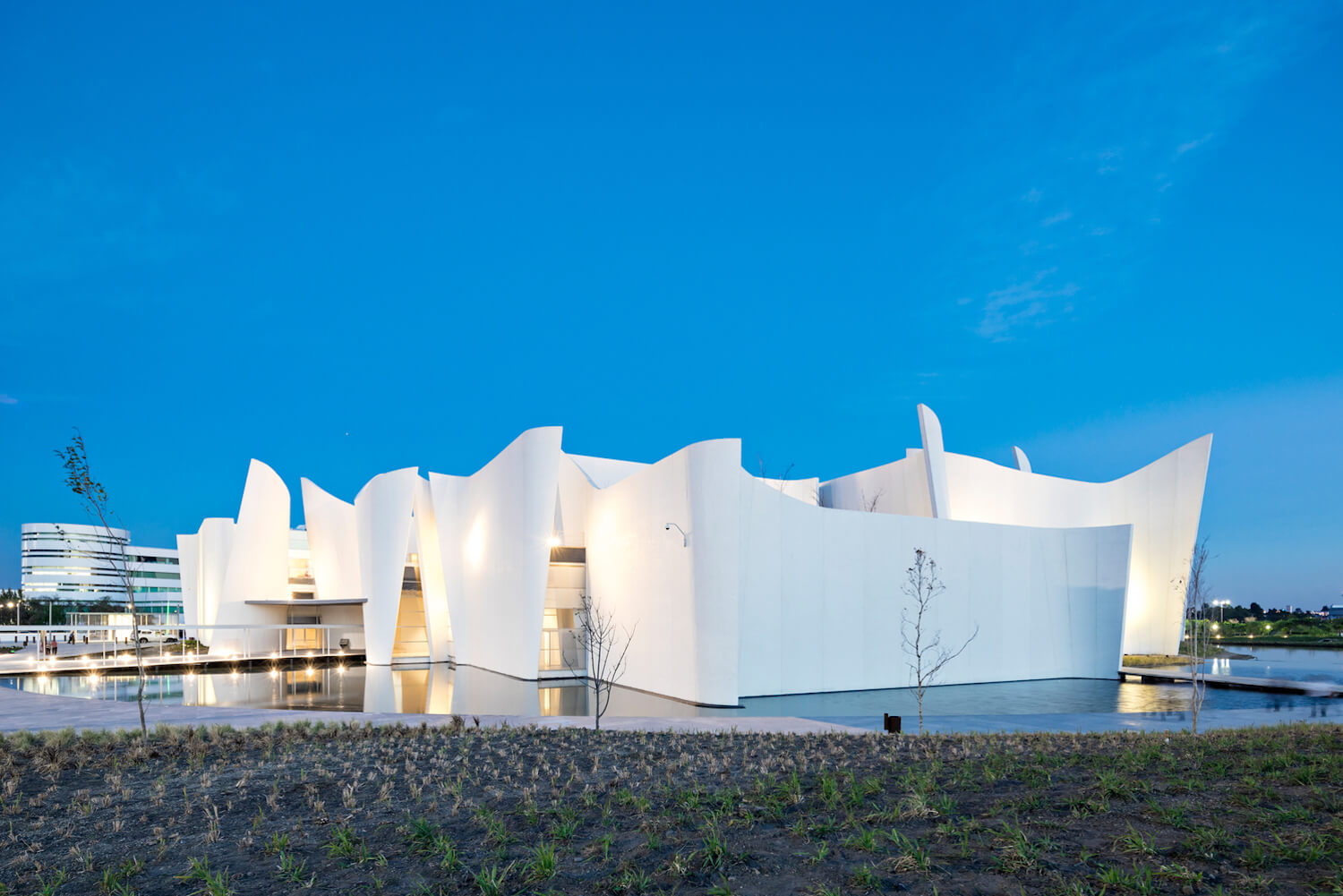Wood has played a crucial role in Japanese architecture for centuries. From temples and shrines to tea houses and castles, wood has been the preferred building material due to its flexibility, durability, and aesthetic appeal. Japanese builders mastered woodworking techniques that allowed structures to withstand earthquakes, humidity, and time.
1. Why Wood Was Chosen for Japanese Buildings
Abundance of Wood in Japan
Japan is rich in forests, with over 60% of its land covered by trees. This made wood an accessible and sustainable building material.
Flexibility and Earthquake Resistance
-
Japan experiences frequent earthquakes. Wood’s natural flexibility allows buildings to absorb seismic shocks without collapsing.
-
Traditional post-and-beam construction uses wooden joints instead of nails, allowing buildings to sway during tremors.
Adaptability to Japan’s Climate
-
Wood can withstand high humidity and temperature changes better than stone or metal.
-
Some woods, like cypress (hinoki) and cedar (sugi), contain natural oils that prevent decay and insect damage.

2. Key Types of Wood Used in Traditional Japanese Architecture
Hinoki (Japanese Cypress)
-
Used in temples, shrines, and palaces due to its durability and pleasant scent.
-
Example: Hōryū-ji Temple, one of the oldest wooden buildings in the world, was built with hinoki over 1,300 years ago.
Sugi (Japanese Cedar)
-
Lightweight and resistant to humidity, making it ideal for homes and interiors.
-
Often used for shoji (sliding doors) and tatami room panels.
Keyaki (Zelkova Wood)
-
Extremely strong, often used for castle gates, bridges, and large beams.
-
Found in the massive torii gates of Shinto shrines.
Bamboo
-
Technically a grass, but often used alongside wood for roofing, fences, and screens due to its flexibility and strength.
3. Traditional Japanese Woodworking Techniques
Post-and-Beam Construction (Kigumi 木組み)
-
Instead of nails, intricate wooden joints (mortise-and-tenon) hold structures together.
-
This allows for movement during earthquakes and longevity over centuries.
Shōji and Fusuma Sliding Doors
-
Wooden lattices covered with paper to allow light and airflow while maintaining privacy.
-
Maximizes space efficiency in small homes and tea houses.
Curved Wooden Roofs
-
Found in pagodas, shrines, and castles, these roofs are built with interlocking wooden beams.
-
The design helps distribute weight evenly, reducing stress on the structure.
4. Cultural and Spiritual Significance of Wood
-
In Shinto beliefs, wood is a sacred, living material that connects humans to nature.
-
Many shrines, like Ise Jingu, are rebuilt every 20 years as part of a ritual that honors renewal and impermanence.
-
Wooden tea houses reflect Zen simplicity, emphasizing the beauty of natural materials.
Conclusion
Wood remains at the heart of Japanese architecture, combining practicality, resilience, and cultural tradition. Whether in ancient temples or modern homes, wood’s timeless appeal and functionality continue to shape Japan’s built environment.











